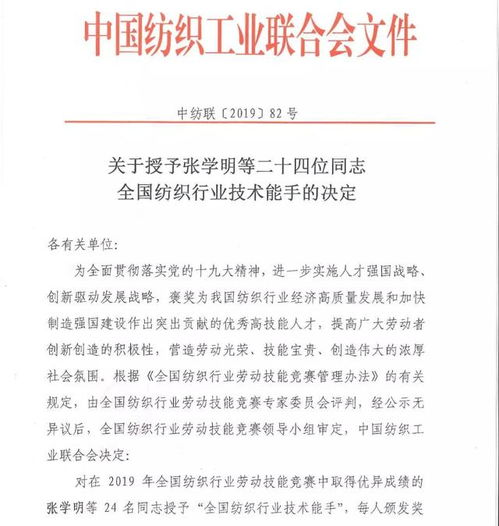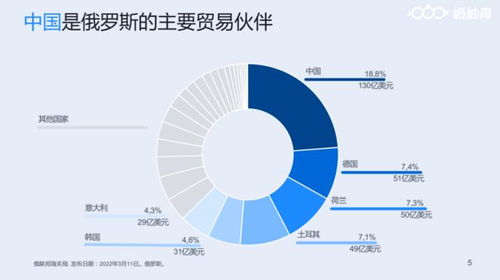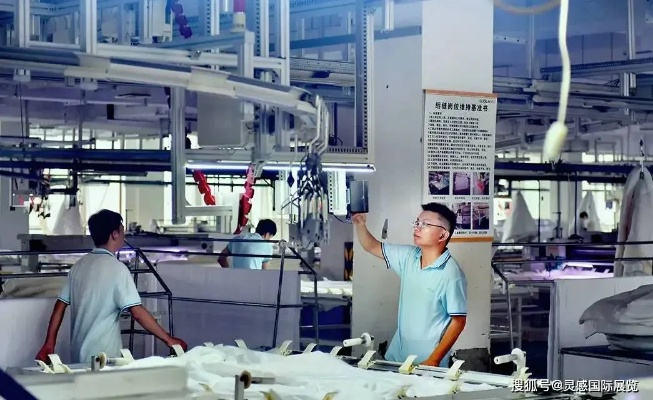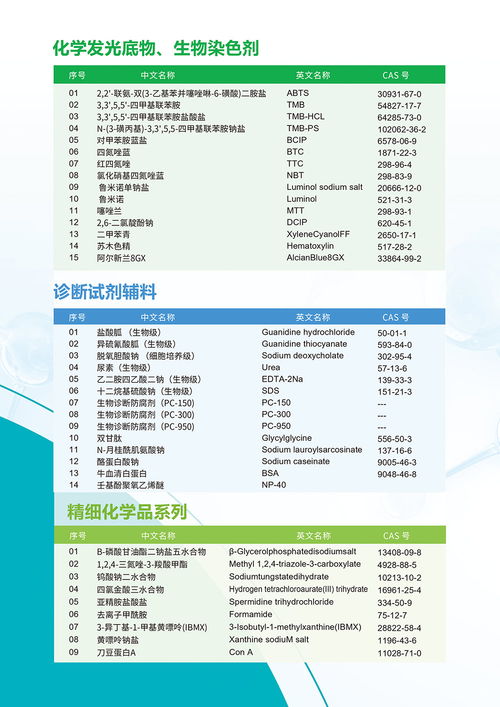Southeast Asian Textile Industry:A Global Gateway to Quality and Innovation
The Southeast Asian textile industry is a global gateway to quality and innovation. With its vast supply of raw materials, skilled labor, and advanced technology, the region's textile products have become a sought-after commodity in the world market. The industry's focus on sustainable practices and environmentally friendly production methods has also earned it recognition for its commitment to social responsibility. As demand for high-quality textiles continues to grow, the Southeast Asian textile industry is poised to play an increasingly important role in shaping the future of global fashion and manufacturing.
Introduction: The textile industry in Southeast Asia is a vital part of the global economy, contributing significantly to the region's economic growth and job creation. This sector plays a crucial role in providing quality products to a wide range of markets, from developing countries to developed ones. In this article, we will explore the key features of the Southeast Asian textile industry, highlighting its unique strengths and challenges. Additionally, we will present some successful case studies that showcase how these industries are driving innovation and sustainability in their respective regions.
Key Features of the Southeast Asian Textile Industry:
-
Diversity: The Southeast Asian textile industry is characterized by its diversity, with countries like Indonesia, Thailand, Malaysia, and Vietnam leading the way in terms of production volume and variety. Each country has its own unique characteristics and strengths, which contribute to the overall diversity of the industry.

-
Infrastructure: Southeast Asian countries have invested heavily in infrastructure development, including transportation, energy, and communication networks. This has made it easier for textile companies to access raw materials, transport finished goods, and connect with international markets.
-
Technological Advances: The textile industry in Southeast Asia is constantly evolving, driven by technological advancements such as digital printing, automated assembly lines, and robotics. These innovations have helped to increase efficiency, reduce costs, and improve product quality.
-
Sustainability: Many Southeast Asian textile companies are committed to sustainable practices, including using environmentally friendly materials, reducing waste, and promoting fair trade practices. This commitment has helped to build trust with consumers and gain market share in the green fashion movement.
-
Government Support: Governments in Southeast Asian countries have played a significant role in supporting the textile industry through policies that promote investment, innovation, and export-oriented strategies. This support has helped to create favorable conditions for the industry to grow and compete on an international scale.
Successful Case Studies:
-
Bangladesh: Bangladesh is known as the "textile capital" of the world, producing over 80% of the world's cotton textiles. The country's textile industry is highly diversified, with major players in apparel, footwear, and home furnishings. Bangladesh's success can be attributed to several factors, including its strong labor force, efficient production processes, and government support for export-oriented industries. One notable example is the rise of Bangladeshi brands like Reebok and H&M, which have successfully expanded into international markets.
-
Indonesia: Indonesia is one of the largest producers of textiles in the world, with a diverse range of products ranging from polyester to silk. The country's textile industry is also highly innovative, with companies investing in new technologies such as digital printing and automation. Indonesia's textile sector has been particularly successful in recent years, thanks to government policies that promote domestic production and foreign investment. One example is the expansion of the textile industry in Bali, where local companies are leveraging offshore production to meet growing demand for luxury goods.
-
Vietnam: Vietnam's textile industry is rapidly expanding, with a focus on high-quality clothing and home furnishings. The country's textile sector is supported by strong government policies that encourage investment and innovation. One notable success story is the rise of Vietnamese brands like Hugo Boss and Gucci, which have become popular among international consumers due to their high-quality craftsmanship and attention to detail.

Conclusion: The Southeast Asian textile industry is a dynamic and innovative sector that plays a crucial role in the global economy. With its diverse production capabilities, technological advancements, sustainability commitments, and government support, the industry is poised for continued growth and success. By embracing these strengths and addressing any challenges, Southeast Asian textile companies can further enhance their competitiveness and contribute to the global textile industry's ongoing evolution.
东南亚地区以其丰富的自然资源和多元文化背景,成为了全球纺织品的重要生产地,这里不仅有各种特色鲜明的纺织品,还有许多独特的设计和工艺,本文将围绕东南亚用纺织品展开讨论,并通过英文案例说明来进一步阐述其丰富性和多样性。
东南亚用纺织品概述
-
纺织材料多样性 东南亚地区拥有多样化的纺织材料,包括但不限于天然纤维、合成纤维和再生纤维等,天然纤维如麻、丝、棉等广泛用于制作各种衣物和家居用品;合成纤维则以其高强度和高耐磨性等特点,广泛应用于工业、医疗和运动等领域;再生纤维则通过回收材料制作,具有环保和可持续性特点。
-
纺织品种类丰富 东南亚地区的纺织品种类繁多,包括但不限于服装、家居用品、装饰品等,服装方面,包括短袖T恤、长裤、外套等;家居用品方面,包括床上用品、毛巾、地毯等;装饰品方面,则有各种手工艺品、挂毯等。
案例分析
-
天然纤维纺织品案例 以泰国为例,泰国的天然纤维纺织品以其高品质和独特风格而闻名,在泰国的传统工艺中,人们使用当地的麻、丝等天然纤维制作衣物和家居用品,这些纺织品不仅具有舒适性和透气性,还具有独特的纹理和色彩,深受当地人和游客的喜爱。

-
合成纤维纺织品案例 在越南,随着科技的发展和人们对环保意识的提高,合成纤维纺织品逐渐成为市场上的主流产品,越南的纺织企业采用先进的生产工艺和技术,生产出各种高质量的合成纤维纺织品,包括运动服、内衣等,这些纺织品不仅具有舒适性和耐用性,还具有时尚感和个性化定制的特点。
东南亚用纺织品特点
-
环保与可持续性 东南亚地区的纺织企业注重环保和可持续性,采用环保材料和生产工艺,减少对环境的污染和破坏,这些企业还注重产品的回收和再利用,推动循环经济的发展。
-
多样化设计风格 东南亚地区的纺织品设计风格多样,涵盖了各种不同的文化元素和风格,从传统的泰式风格到现代的韩式风格,从东方的古典元素到西方的现代设计,都有丰富的选择,这些设计风格不仅满足了消费者的审美需求,还符合了市场的多元化需求。
东南亚用纺织品以其丰富的材料选择、多样的种类和独特的设计风格而备受关注,这些纺织品不仅具有舒适性和实用性,还具有环保和可持续性等特点,随着全球化的推进和人们对于环保和可持续性需求的提高,东南亚地区的纺织企业将会继续发展壮大,为全球消费者提供更多优质的产品和服务。
Articles related to the knowledge points of this article:
10 Tips and Tricks for Effective Textiles Organization
The Global Supply Chain of Textiles:A Case Study of Renowned Manufacturers
Expert View on Foreign Trade Textiles



